Hyde Insurance Group Blog |
|
Good vision is essential for a child’s development and academic success. Detecting and addressing vision problems early can significantly impact a child's ability to learn and interact with the world around them. Vision insurance for children is an important investment that ensures access to necessary eye care services and treatments. This article explores why vision insurance is crucial for children and what types of services are typically covered.
0 Comments
Chronic eye conditions, such as glaucoma, macular degeneration, diabetic retinopathy, and cataracts, can have a significant impact on an individual's vision and quality of life. Managing these conditions often requires ongoing care, including regular eye exams, diagnostic tests, and treatment interventions. While healthcare coverage may provide some assistance, vision insurance plays a crucial role in ensuring access to essential eye care services and treatments. In this article, we'll explore how vision insurance can help individuals manage chronic eye conditions and maintain optimal eye health.
Vision is a precious sense that plays a vital role in a child's development. Unfortunately, some children may face challenges related to eye muscle disorders that affect their vision. In this article, we'll explore pediatric eye muscle disorders, their impact on a child's vision, and the role of vision insurance in managing and treating these conditions.
Color is a fundamental aspect of the human experience, enriching our lives in countless ways. However, for individuals with colorblindness, this perception of color is altered. Colorblindness is a visual impairment that affects a person's ability to distinguish certain colors accurately. In this article, we will explore the world of colorblindness, its variations, and how it relates to vision insurance.
Visual perception disorders can significantly impact a person's ability to interpret and understand the world visually. These conditions, also known as perceptual disorders, affect how the brain processes visual information, leading to difficulties in recognizing shapes, sizes, distances, and more. While these disorders are not correctable with traditional eyeglasses or contact lenses, vision insurance can play a valuable role in helping individuals with visual perception disorders access the necessary resources and support for managing their condition. In this blog, we'll explore the relationship between vision insurance and visual perception disorders, providing insights into how insurance coverage can make a difference.
Through The Looking Glass: A Journey Into The Spectacular World Of Augmented Reality Eyewear2/19/2024 Augmented Reality (AR) glasses have emerged as a transformative technology, blurring the lines between the physical and digital worlds. These smart glasses provide users with real-time, contextually relevant information and digital overlays on their field of vision. From enhancing productivity to revolutionizing gaming and entertainment, AR glasses are poised to reshape various industries. In this blog, we'll delve into the exciting world of augmented reality glasses, exploring their capabilities, potential applications, and how they might intersect with vision insurance.
Your vision is a precious gift that allows you to experience the world in all its beauty and wonder. However, vision problems can arise, making it essential to take proactive steps to protect your eye health. In this guide, we'll explore vital strategies to maintain your vision and connect them to the importance of vision insurance.
As we age, our eyes become more susceptible to various conditions that can affect our vision and overall quality of life. While aging is inevitable, taking proactive steps to promote eye health can significantly reduce the risk of vision impairment. While medications and procedures can address eye conditions, prevention remains the best approach. This article explores the best practices for maintaining eye health and preventing age-related eye conditions.
Vision insurance plays a crucial role in maintaining your eye health and ensuring that serious eye conditions, such as glaucoma, receive the necessary coverage for treatment. Many individuals may not be fully aware of the extent of vision insurance coverage available to them, potentially missing out on valuable benefits. In this article, we will explore the importance of vision insurance, focusing on its coverage for glaucoma and other common eye problems.
In today's digital age, the average American spends a staggering 5 hours and 24 minutes on their smartphone daily. While technology has undoubtedly transformed our lives, it has also introduced new challenges for our eye health. Smartphones and other electronic devices emit blue light, which has been associated with eye strain and discomfort. It is crucial to prioritize your eye health, as it directly impacts your overall well-being. Fortunately, vision insurance plays a vital role in safeguarding your eyes. Even if you don't currently experience vision issues, utilizing your vision insurance can be invaluable for early detection of medical problems and eye diseases. Additionally, it can provide coverage for essential eyewear like prescription or blue light glasses, helping protect your eyes in today's digital world.
|
Contact Us(888) 345-1215 Archives
July 2024
Categories
All
|



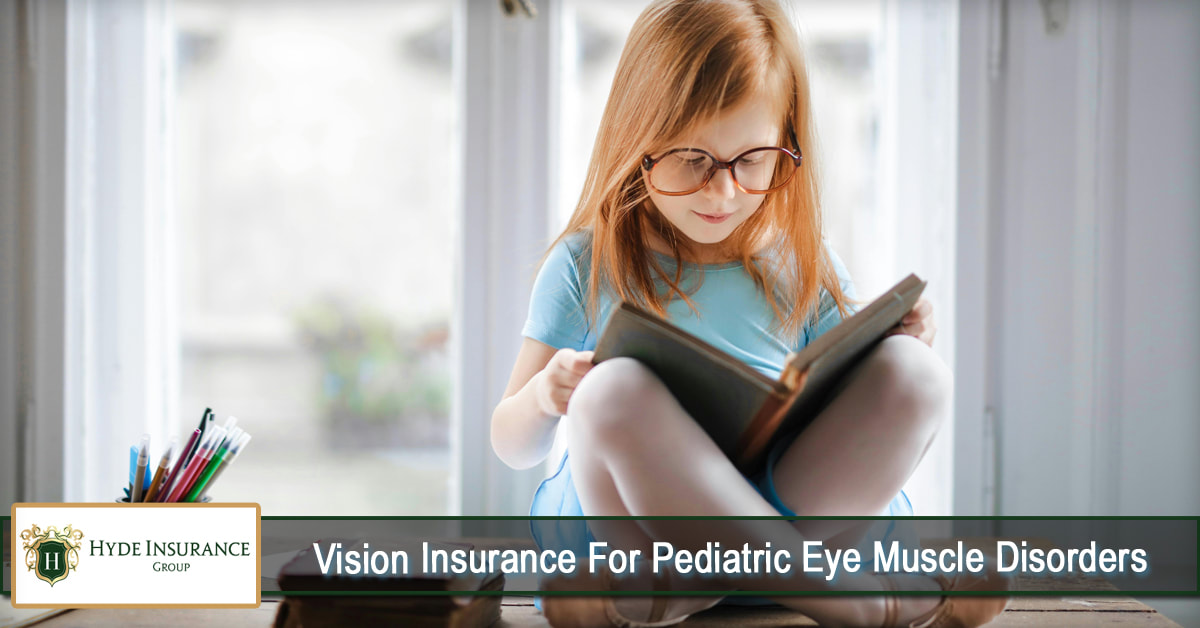
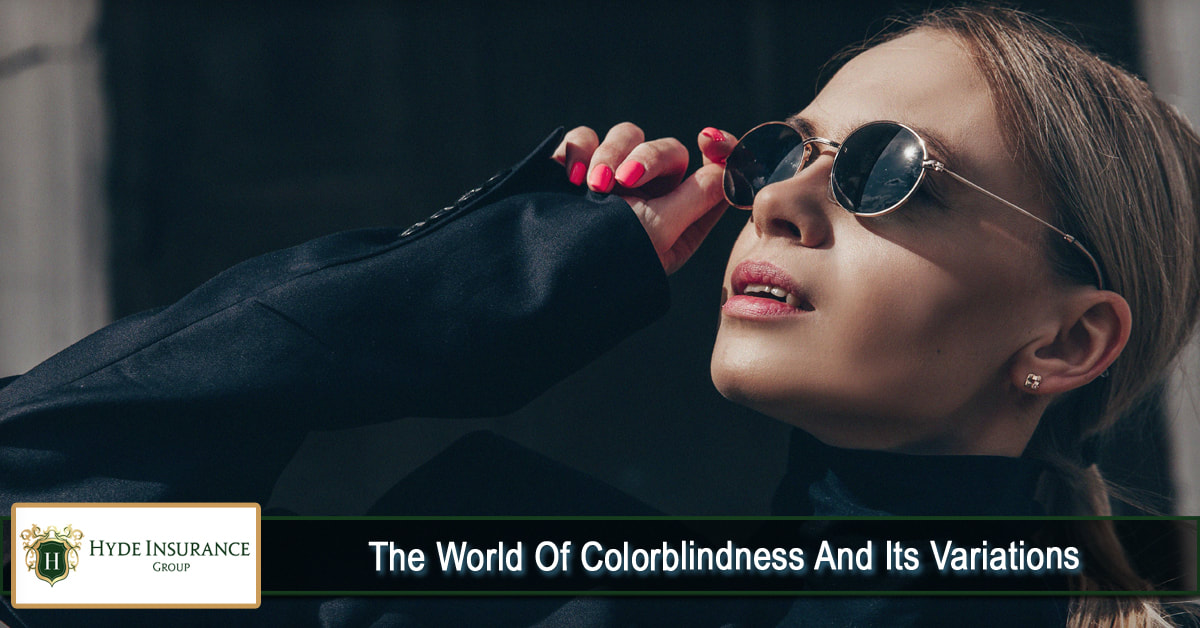
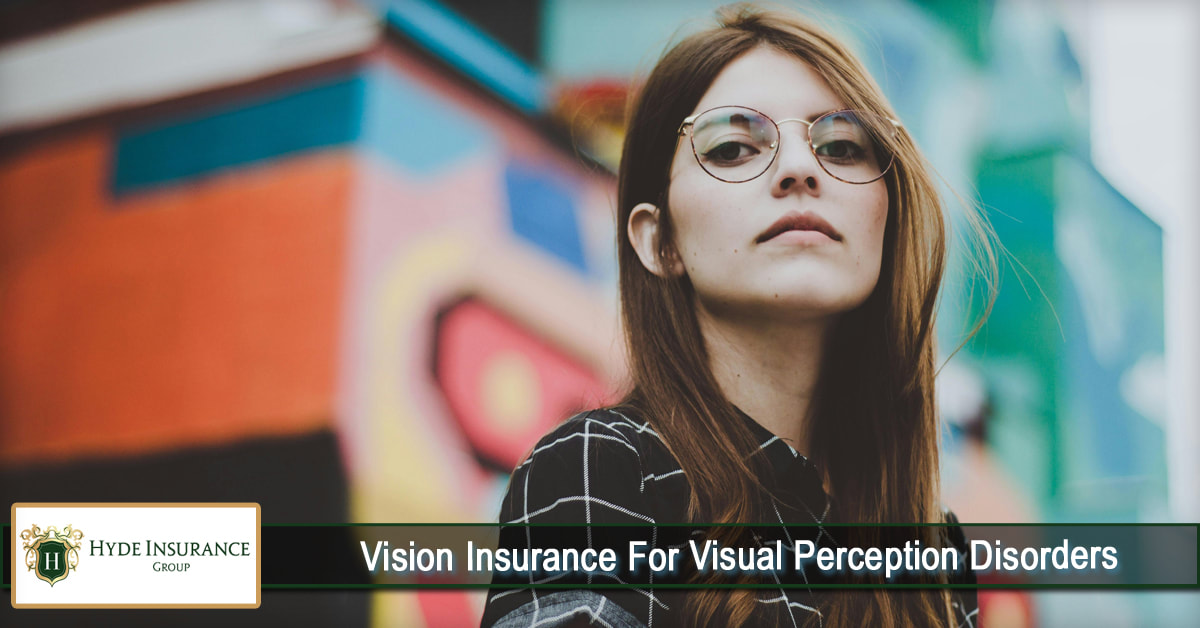
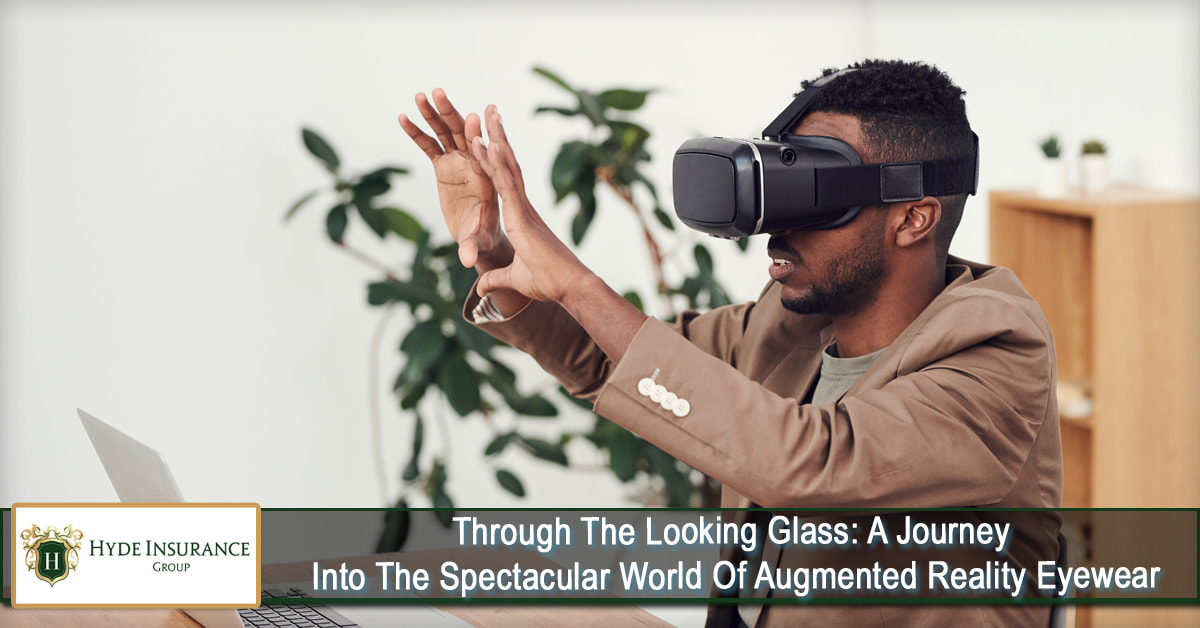

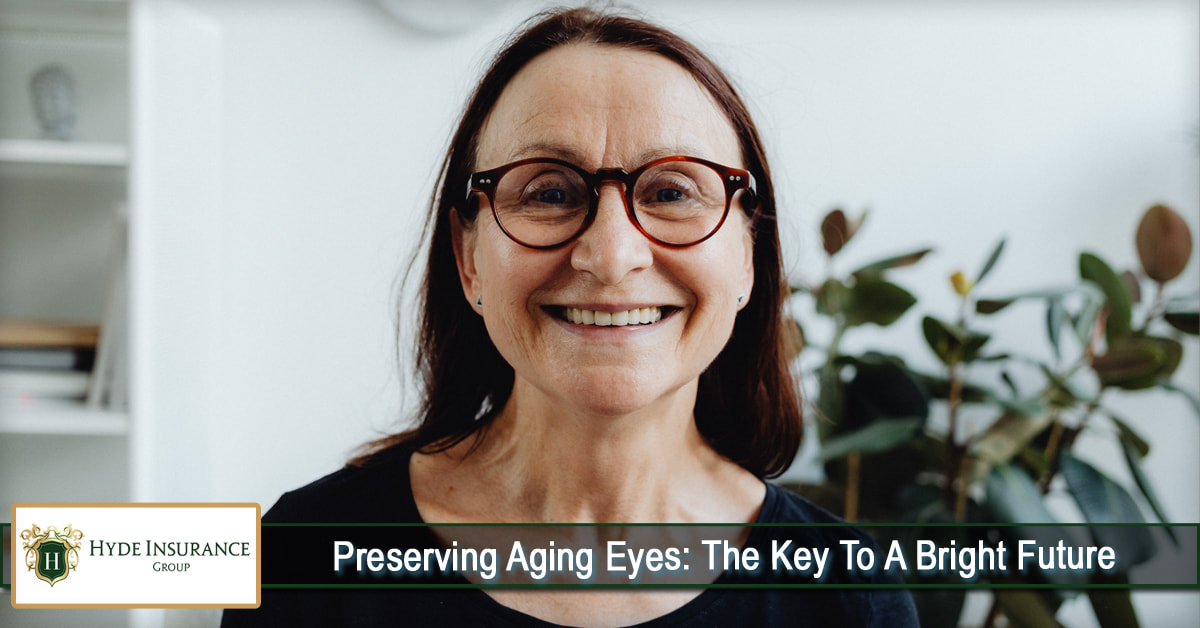


 RSS Feed
RSS Feed